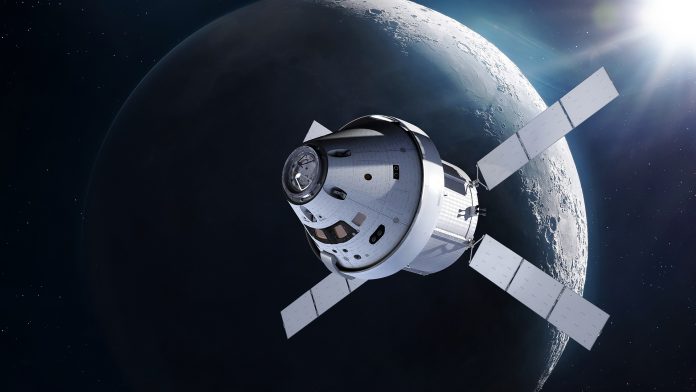The NASA Artemis missions to the Moon have been pushed back to deliver significant updates to technologies and enhance astronaut safety.
The NASA Artemis missions aim to land the first woman and the first person of colour on the lunar surface but also pave the way for future human missions to Mars.
The agency, in its pursuit of these ambitious goals, is recalibrating schedules for Artemis II and III missions to confront challenges linked with pioneering developments, operations, and integration.
Revised timelines for key NASA Artemis missions
The NASA Artemis missions represent the first time humans have journeyed to the surface of the Moon since 1972.
The revised timeline reveals a targeted launch for Artemis II in September 2025, marking the first crewed mission around the Moon.
Subsequently, Artemis III is scheduled for September 2026, aiming to achieve the historic feat of landing the first astronauts near the lunar South Pole.
Meanwhile, Artemis IV, the inaugural mission to the Gateway lunar space station, remains steadfast for a 2028 launch.
Emphasis on astronaut safety and system testing
NASA Administrator Bill Nelson emphasised the paramount importance of astronaut safety in these missions. Issues arising from Artemis I, particularly concerning the environmental control and life support systems aboard the Orion spacecraft, demand meticulous troubleshooting and resolution.
Critical components ensuring crew safety, such as addressing a battery issue and rectifying challenges with a circuitry component for air ventilation and temperature control, necessitate additional time for thorough testing and refinement.
The adjustments in Artemis II and III schedules align with NASA’s commitment to integrating lessons from each mission into subsequent endeavours.
Catherine Koerner, associate administrator of Exploration Systems Development, highlighted the agency’s dedication to letting hardware experiences guide decision-making. These measures are crucial to mitigating risks and ensuring safer future lunar missions.
Collaborative efforts and focus on timely deliveries
NASA stressed the significance of timely deliveries from all partners to maximise mission objectives. This includes the ongoing collaboration with industry giants like SpaceX and Axiom Space, allowing for adequate testing and refinement of new capabilities for human landing systems and next-generation spacesuits.
The agency’s arsenal, including the SLS rocket, Orion spacecraft, Gateway lunar space station, and advanced technologies, forms the bedrock for venturing into deep space.
Artemis signifies NASA’s commitment to unparalleled lunar exploration, preparing for extended habitation away from Earth, and setting the stage for human voyages to Mars.









